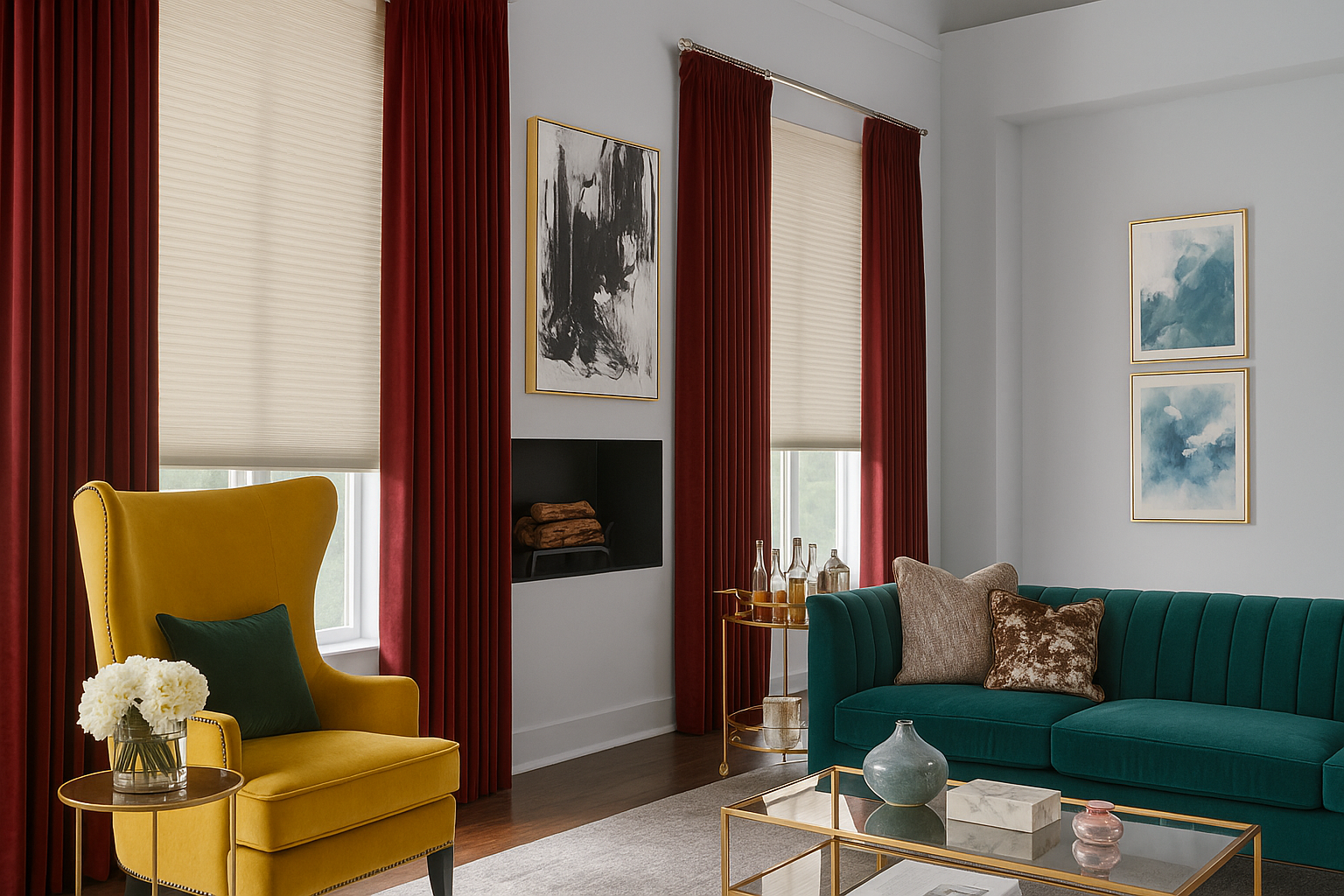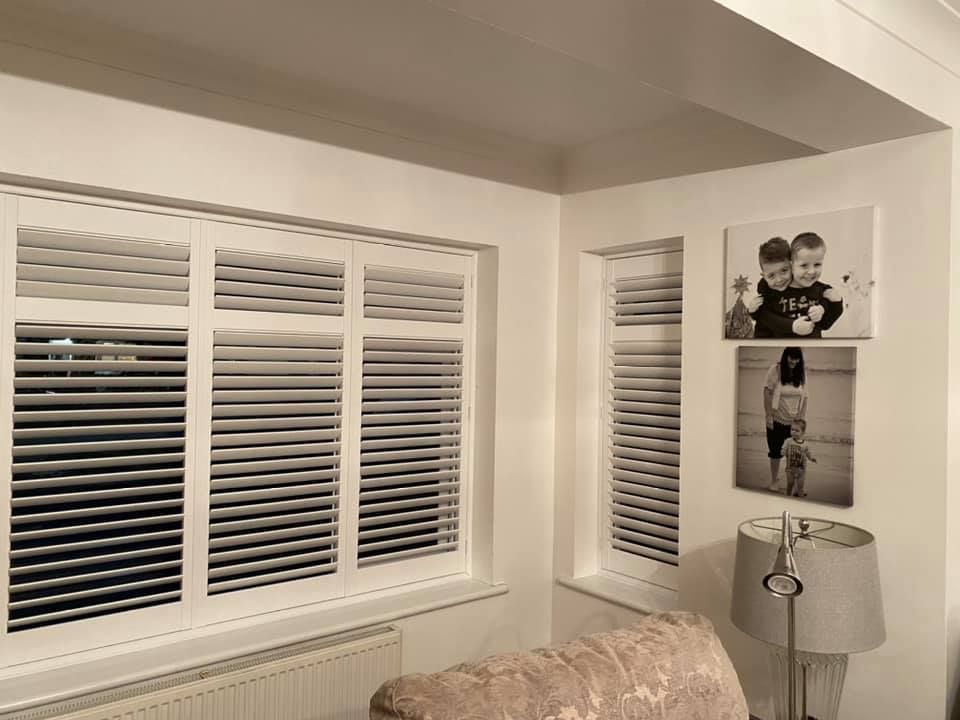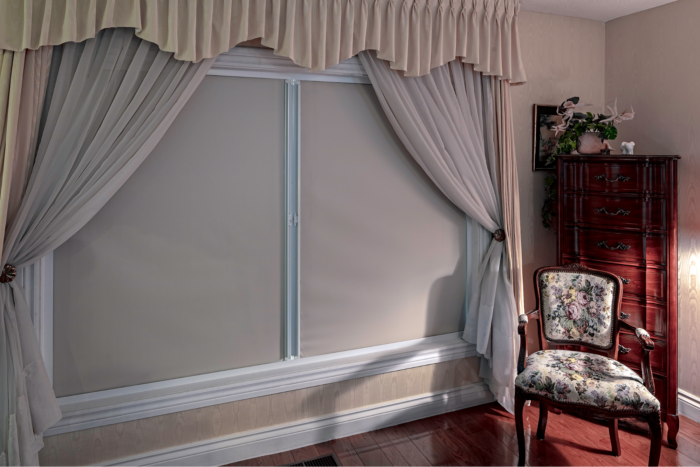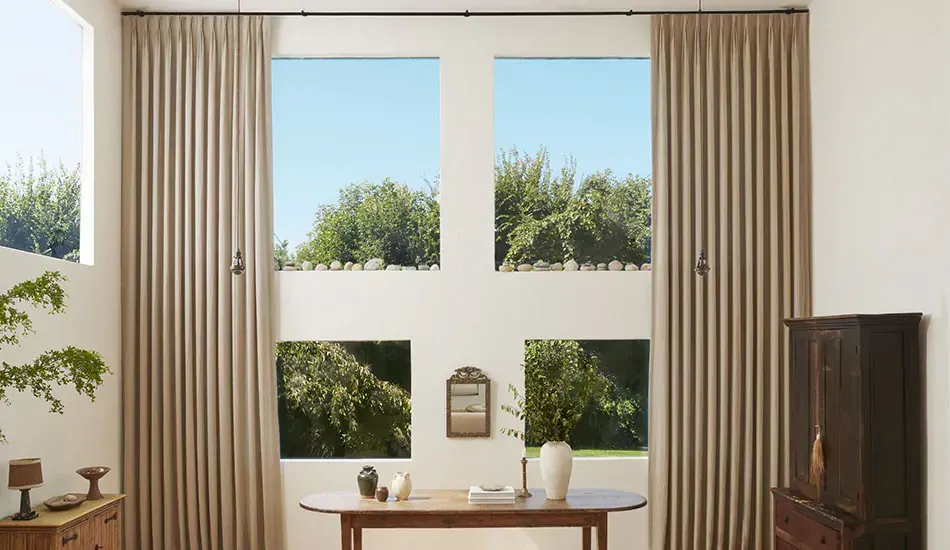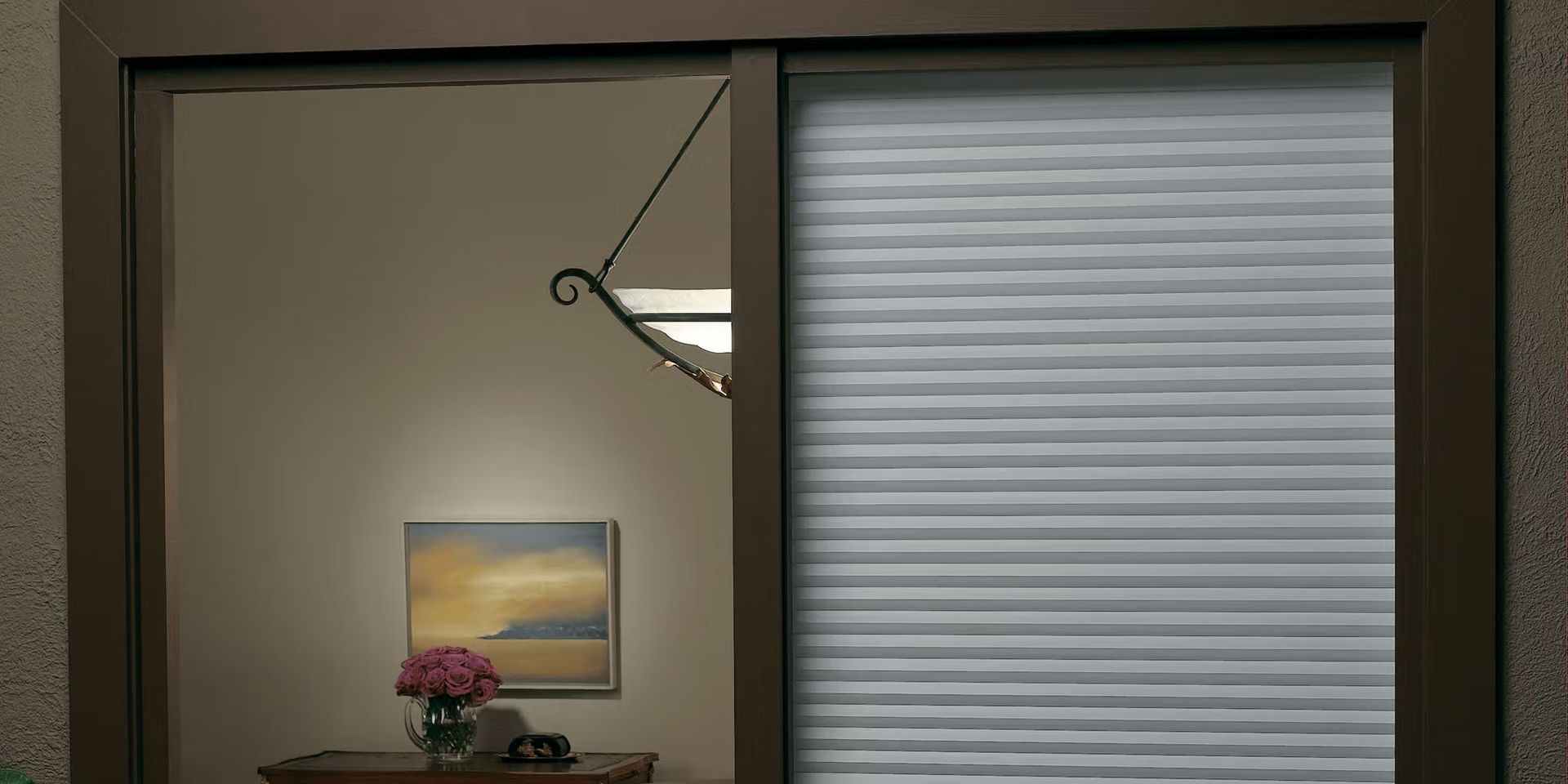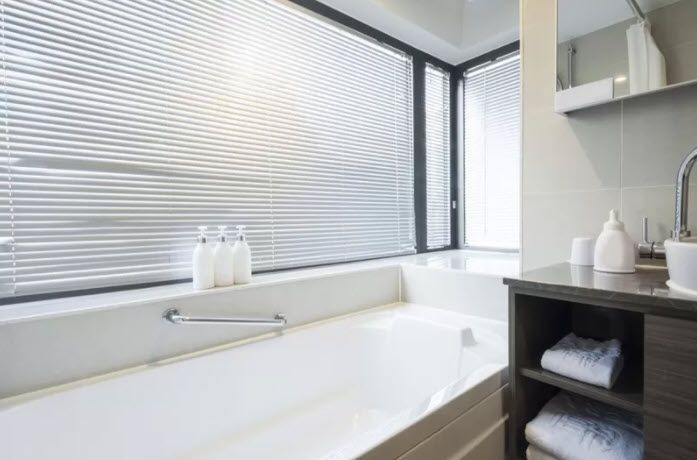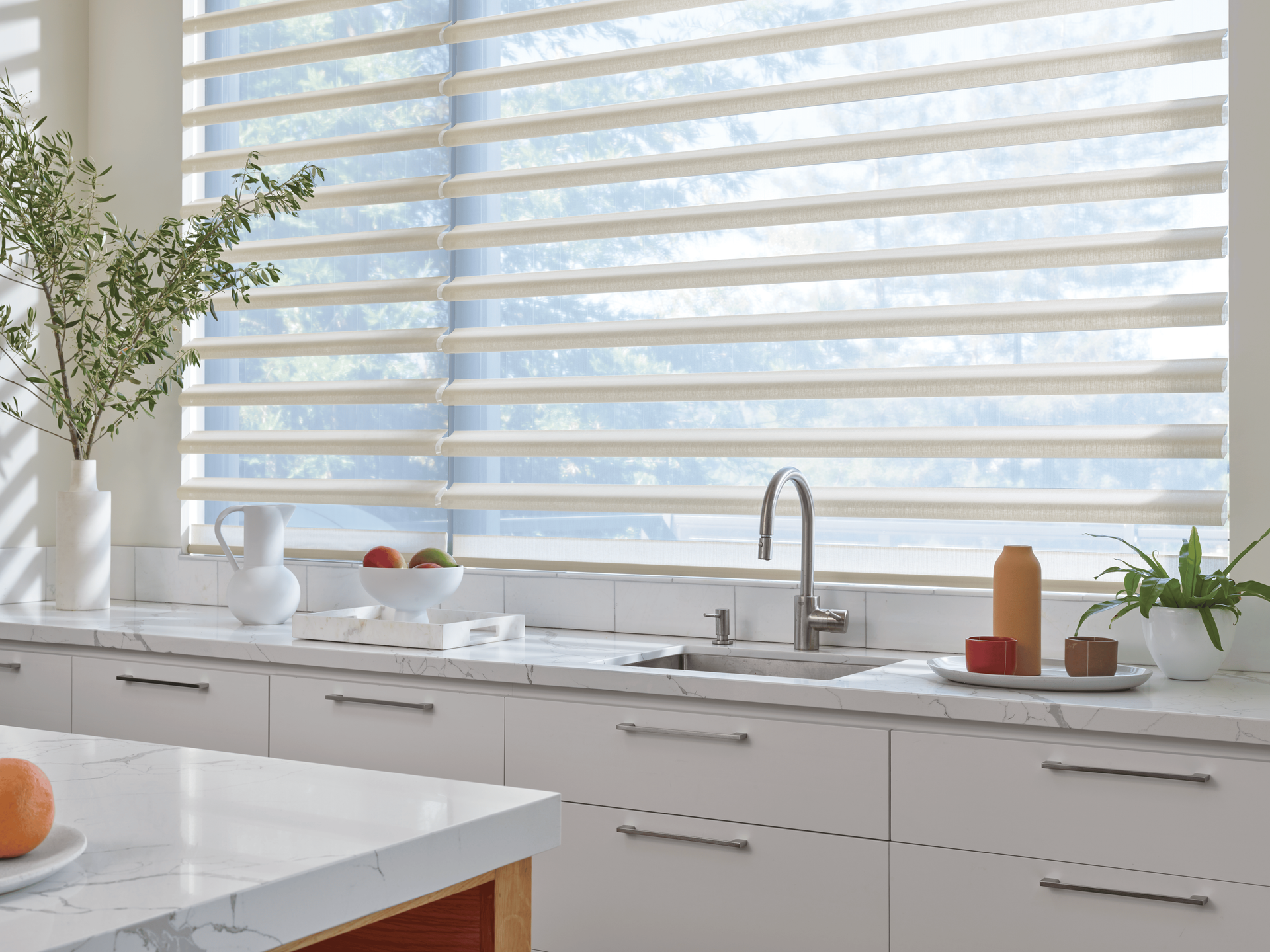Are Solar Blinds Better Inside or Outside the Window?
TLDR;
Indoor solar blinds are easier to install, more affordable, and better for aesthetics. Outdoor solar blinds block significantly more heat and UV rays before they reach your glass. The best option depends on your climate, window orientation, and whether you prioritize energy efficiency or interior design.
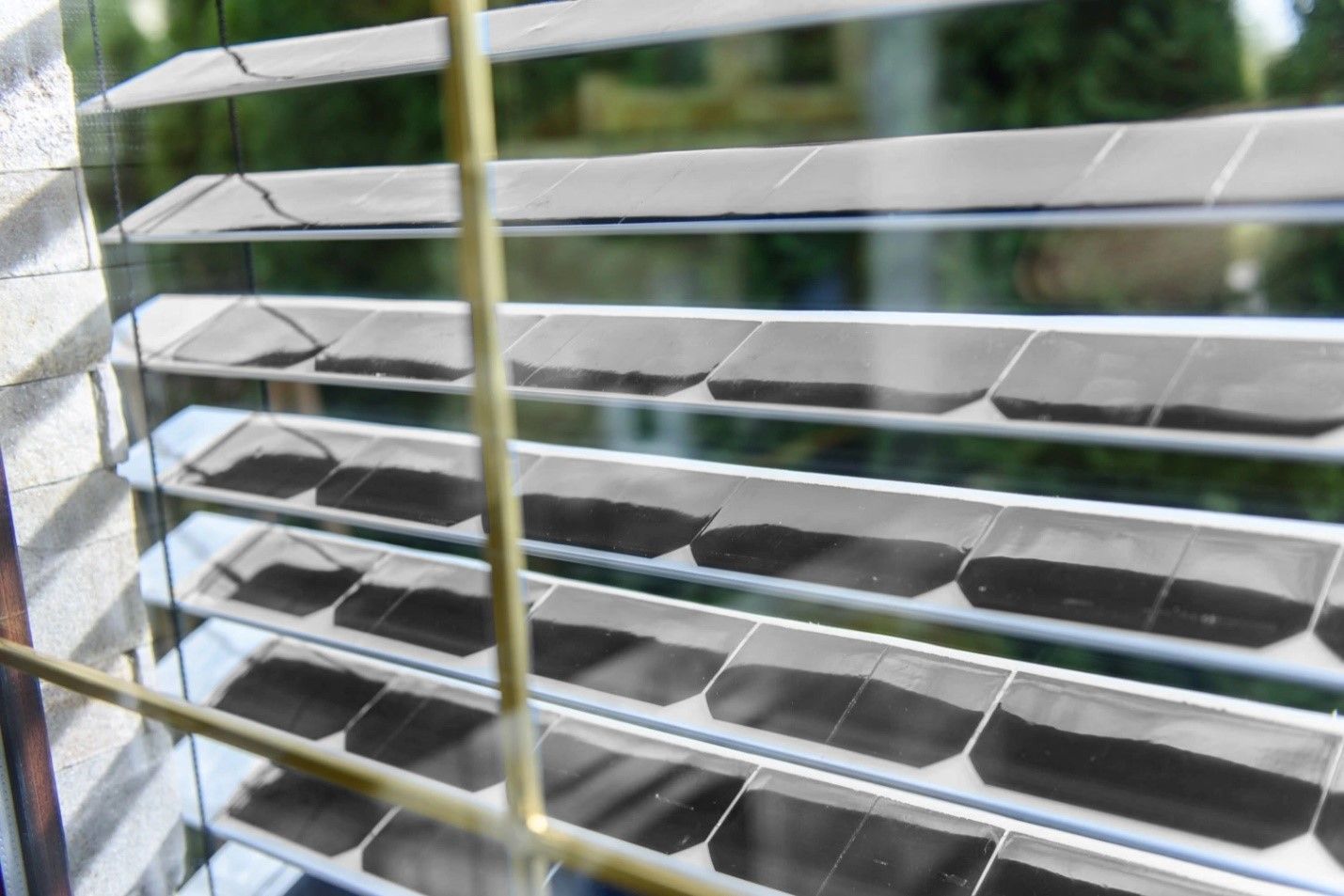
Solar blinds work both inside and outside the window, but outdoor solar blinds are better at blocking heat and UV rays before they reach your interior. Indoor solar blinds, however, are more practical for renters, easier to install, and better suited for decorative flexibility.
That’s the short answer—but there's a lot more you should know before making a decision. At Love Is Blinds MI, we’ve helped countless homeowners and businesses decide what works best for their space. This guide breaks down everything you need to know to make the right choice.
Understanding Solar Blinds and Their Function
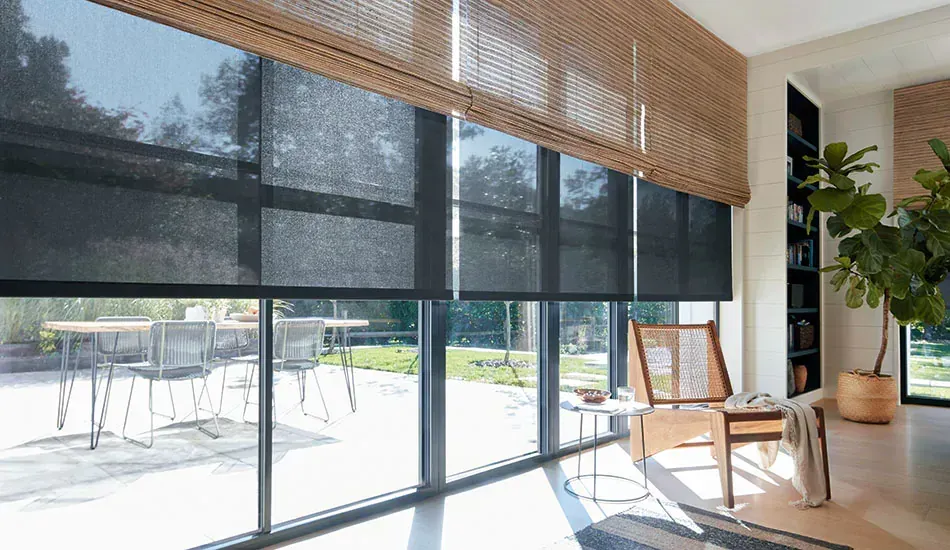
Solar blinds—also called solar shades or sun control blinds—are engineered to reduce heat gain and glare by filtering sunlight. They’re made of sun-control fabrics with varying degrees of openness.
- Openness factor ranges from
1% to 14%
- 1% blocks more light and offers more privacy
14% allows more view-through but less heat/glare protection
Key benefits:
- Reduces
UV damage to furniture
- Improves
energy efficiency
- Provides
daytime privacy
- Minimizes
glare on screens
Both indoor and outdoor models serve these purposes, but how well they perform depends on where they're mounted.
Inside-Mounted Solar Blinds: Advantages and Drawbacks
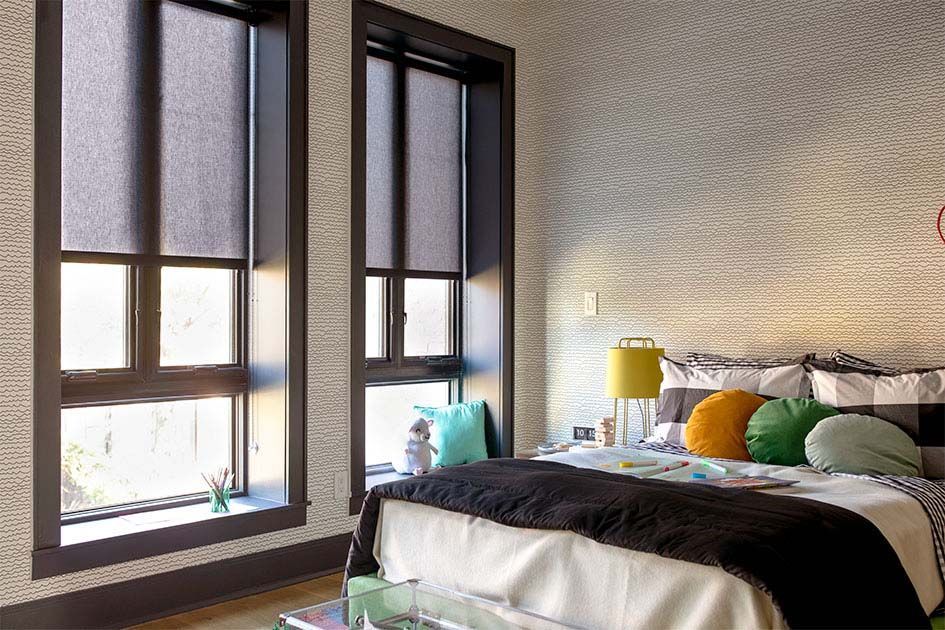
Are interior solar blinds good enough?
For many homeowners, yes—especially when aesthetics and ease of installation matter.
Benefits of Inside Solar Blinds:
- DIY-friendly: Easy to measure and install
- Cost-effective: Lower product and installation cost
- Aesthetically pleasing: Blends seamlessly into window frames
- Wide design options: More fabric styles and colors available
- Great for renters: Non-invasive, easily removed
Drawbacks:
- Heat enters before being blocked
- Glare leaks from sides (light gaps)
- Lower energy efficiency compared to outside-mounted options
Best suited for:
- Apartments and condos
- Rooms without harsh sun exposure
- Homes with deep window recesses
Outside-Mounted Solar Blinds: What You Need to Know
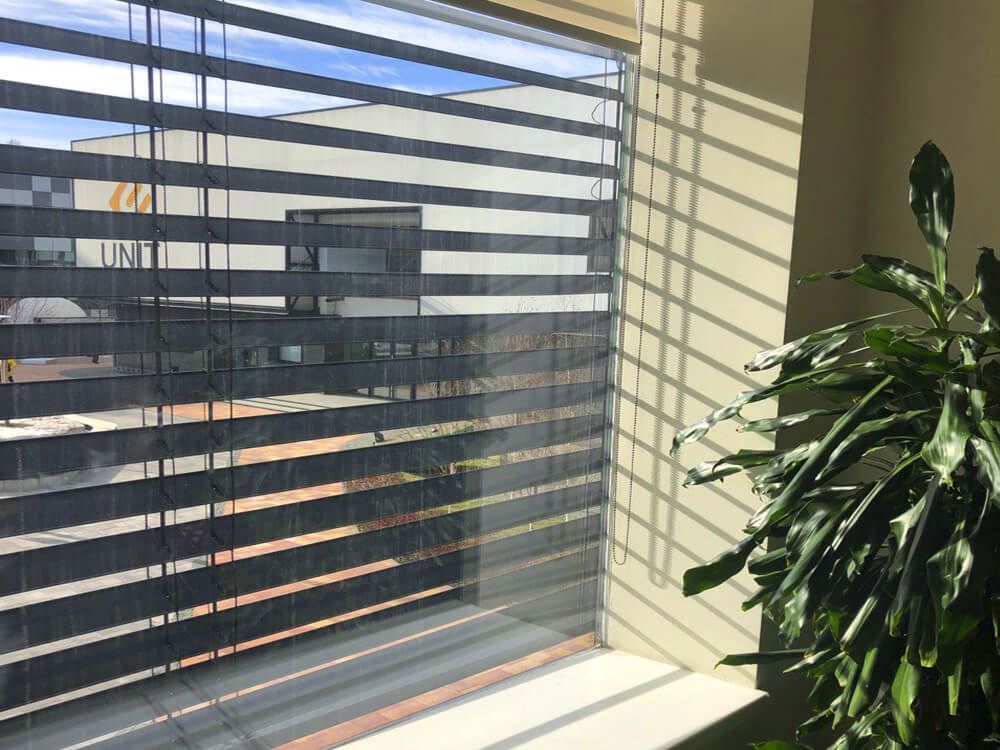
Are outdoor solar blinds more effective?
Yes—outdoor solar blinds can block up to 90% of solar heat before it even touches your glass. That makes a major difference in hot climates.
Benefits of Exterior Solar Blinds:
- Superior heat rejection
- Excellent UV protection
- Less strain on HVAC systems
- Ideal for large or south/west-facing windows
Drawbacks:
- Higher upfront cost
- Requires professional installation
- Weather exposure can affect durability
- Not always HOA-friendly
Best suited for:
- Homes in sunny, hot climates
- Office buildings with excessive sun exposure
- Patio doors or large window banks
Energy Efficiency Comparison: Indoor vs Outdoor Solar Blinds
If energy savings is your top priority, outdoor blinds win—hands down.
| Mount Type | % Heat Blocked | UV Protection | HVAC Impact |
|---|---|---|---|
| Indoor | 60-70% | Moderate | Reduces some load |
| Outdoor | 80-90% | High | Major efficiency gain |
Outdoor blinds prevent solar radiation from heating the glass in the first place, whereas indoor blinds only work after the heat passes through.
Result:
- Indoor = moderate efficiency
- Outdoor =
optimal for reducing cooling costs
How to Install Solar Blinds: Inside vs Outside Mount
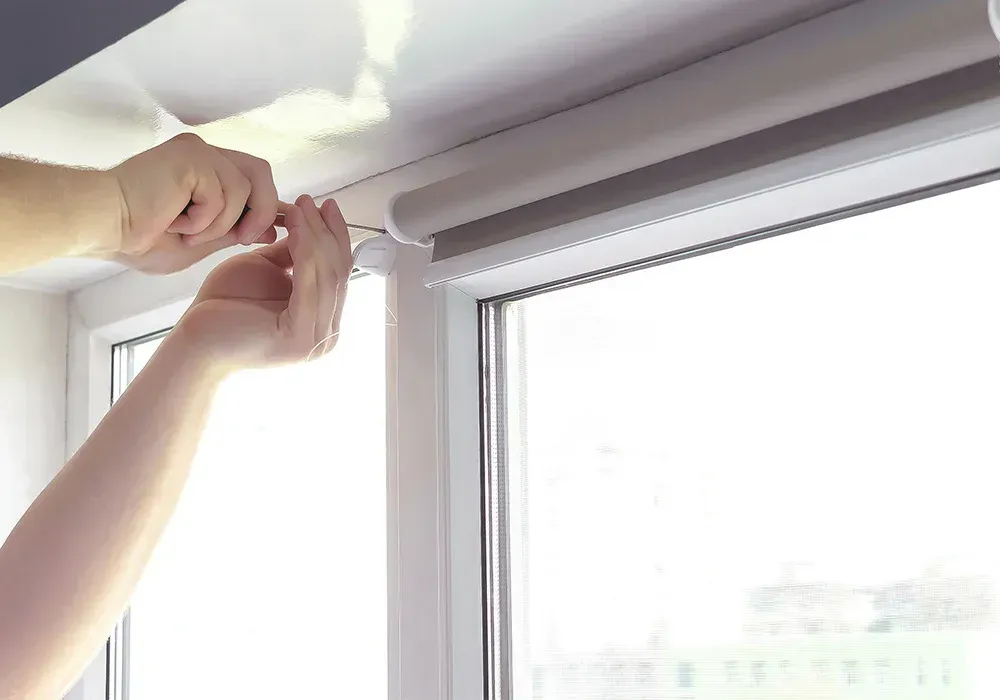
Both styles require measuring and precision—but the installation method differs.
Inside-Mount Tips:
- Check window depth (usually 2–3" minimum needed)
- Measure the inside width at top, middle, and bottom
- Mount brackets inside the frame for a clean look
Outside-Mount Tips:
- Mount above window frame or directly on the exterior wall
- Account for overhang to prevent light gaps
- Use
weather-resistant fasteners
- Consider
motorized operation for ease of use
Common questions:
- Can I install outdoor solar blinds myself?
Yes, but it’s more challenging—especially on second floors or large windows. - What tools are needed?
Drill, level, anchors, screws, measuring tape, safety gear.
Cost Breakdown: Interior vs Exterior Solar Blinds
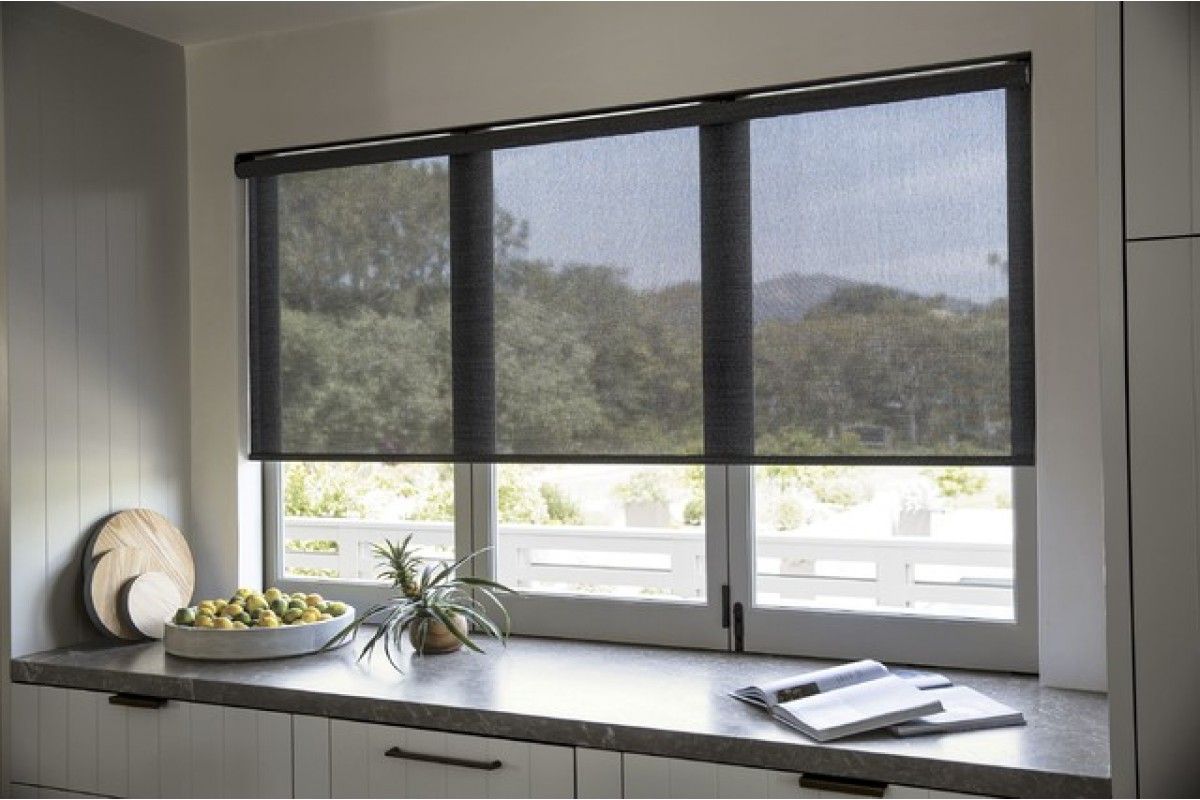
Is the added cost of exterior blinds worth it?
That depends on your budget, goals, and energy usage.
Interior Solar Blinds:
- $100–$350 per window (including install)
- Lower maintenance costs
- Longer fabric lifespan indoors
Exterior Solar Blinds:
- $300–$700 per window (including install)
- May require weatherproof upgrades
- More frequent replacement in harsh climates
Bottom line:
- If you need strong thermal performance, invest in outdoor blinds.
- For style and budget-conscious updates, interior blinds work well.
Privacy and Light Control Considerations
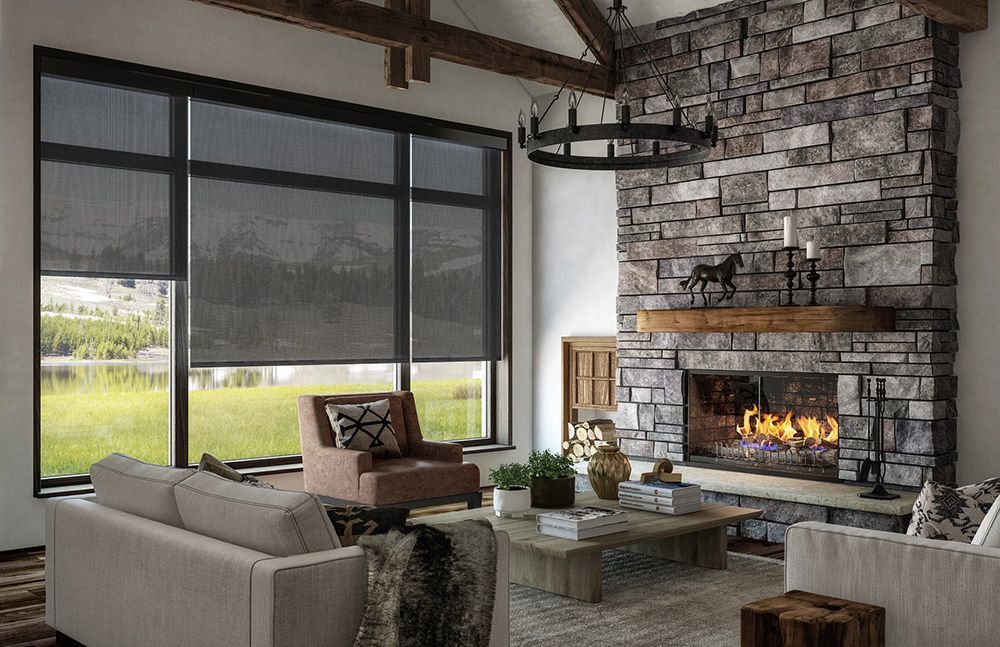
Do solar blinds provide nighttime privacy?
No—solar fabrics are not
blackout shades. They provide privacy during the day but are transparent when lights are on at night.
For better privacy:
- Layer solar blinds with curtains
- Use
lower openness % (1–3%) for better light filtering
- Consider
dual-shade systems for day/night control
Indoor blinds offer more options for layering
Outdoor blinds focus on blocking harsh sunlight
Climate and Home Orientation: What Works Best Where
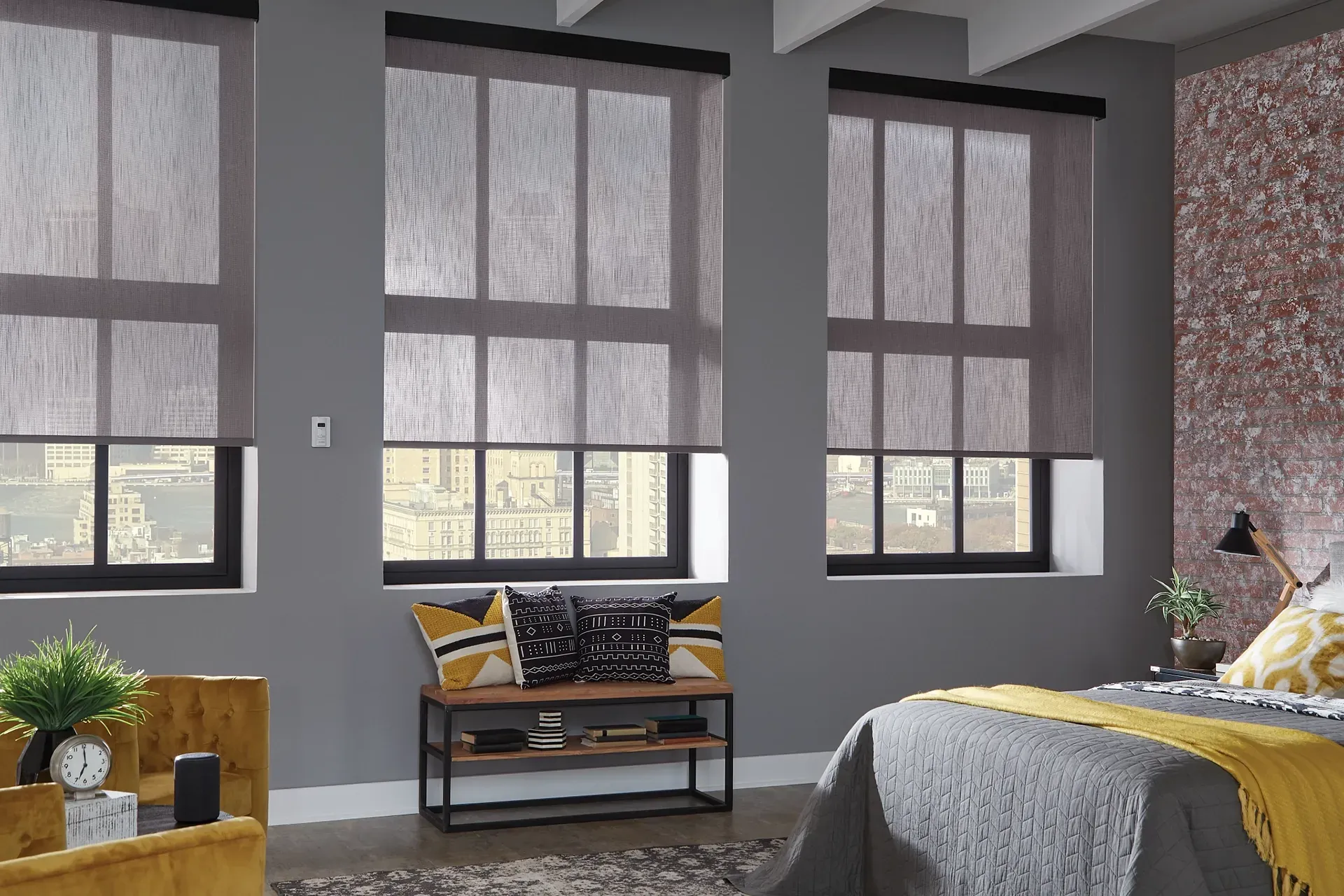
Solar blind effectiveness changes with window orientation and climate.
South/West-Facing Windows:
- Receive most sun = best candidates for
exterior shades
North/East-Facing Windows:
- Get indirect light =
indoor shades are sufficient
In Hot Climates:
- Outdoor solar blinds significantly reduce indoor temperatures
In Temperate/Cold Climates:
- Indoor blinds are often enough, plus they help retain heat in winter
Tailor your approach to your home's design and location.
Durability and Maintenance of Solar Blinds
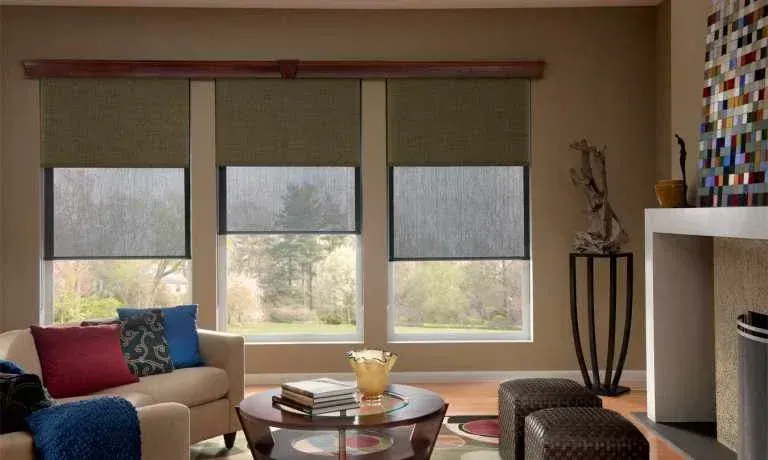
Indoor Solar Blinds:
- Lifespan: 7–10 years with proper care
- Maintenance: Occasional vacuum or wipe down
- Risks: Fading from prolonged sun exposure
Outdoor Solar Blinds:
- Lifespan: 4–8 years depending on climate
- Maintenance: Requires seasonal cleaning
- Risks: Mold, mildew, wind damage
Choose fade-resistant fabrics and follow manufacturer care instructions—or check out our
blinds maintenance tips—to extend the life of your window coverings.
Common Mistakes to Avoid When Choosing or Installing Solar Blinds

- Not measuring window depth (inside mounts need clearance)
- Installing outdoor shades on weak siding
- Choosing the wrong fabric openness for your needs
- Forgetting about HOA or local code restrictions
- Neglecting to factor in wind loads on outdoor blinds
Mistakes = wasted money. Consult an expert like
Love Is Blinds MI before committing.
Situational Decision Guide: Which Mount is Right for You?
Use this simplified guide to choose the best solution:
| Room Type | Best Mount | Reason |
|---|---|---|
| Living Room | Inside | Stylish, easy to adjust |
| Home Office | Inside (low % fabric) | Glare control for screens |
| Kitchen | Inside or outside | Depends on window location |
| Patio Doors | Outside | Best heat rejection |
| Bedrooms | Inside + curtains | For nighttime privacy |
| Sunrooms | Outside | Max solar control |
Expert Tips for Maximizing Your Solar Blind Investment
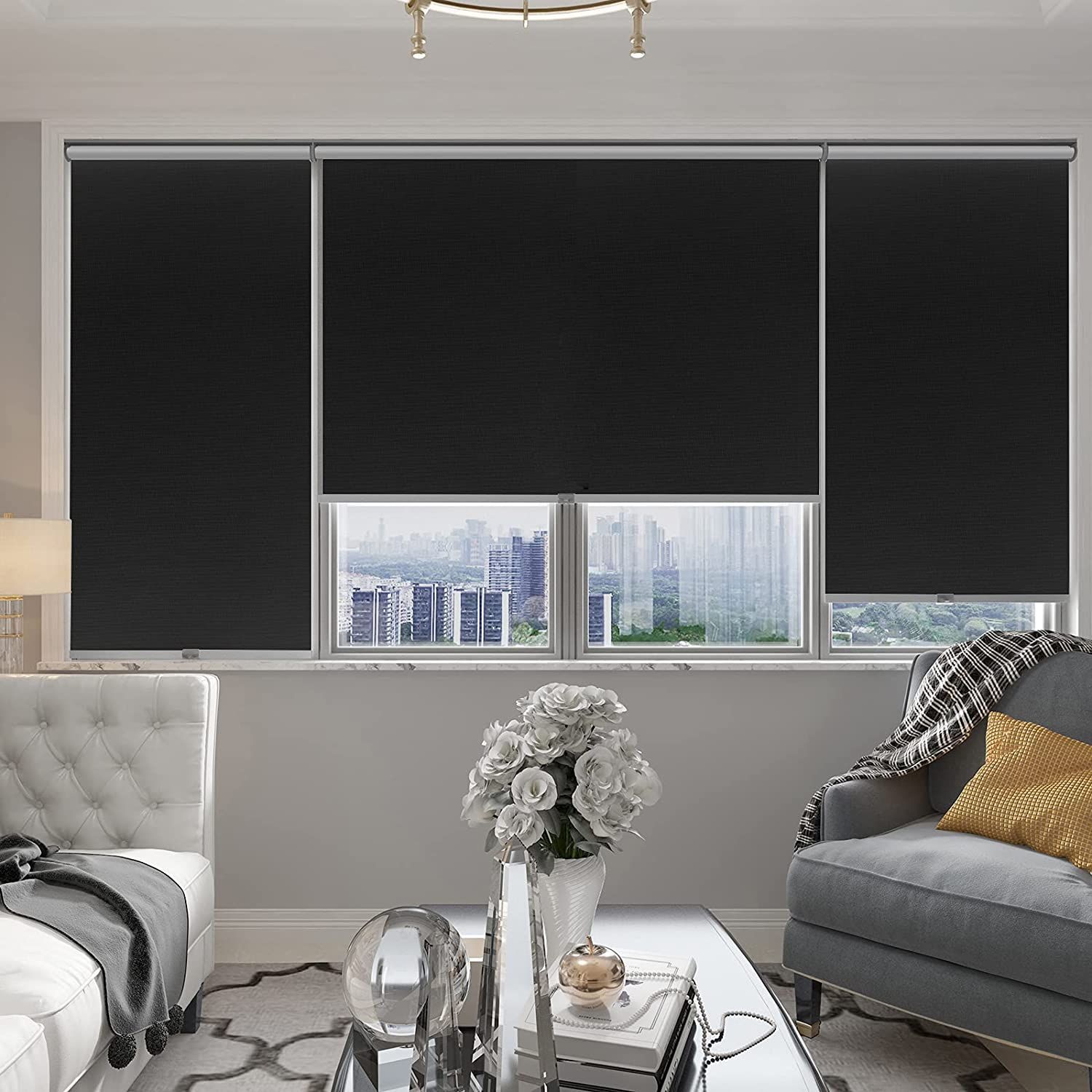
- Combine with blackout curtains for privacy at night
- Motorized outdoor shades make daily use effortless
- Choose high-performance fabrics for better ROI
- Adjust blinds seasonally based on sun angle
- Don't skip professional consultation for large installations
At
Love Is Blinds MI, we help homeowners get the most from their
window treatments—saving money, adding style, and improving comfort.
Smart Window Covering Decisions Start Here
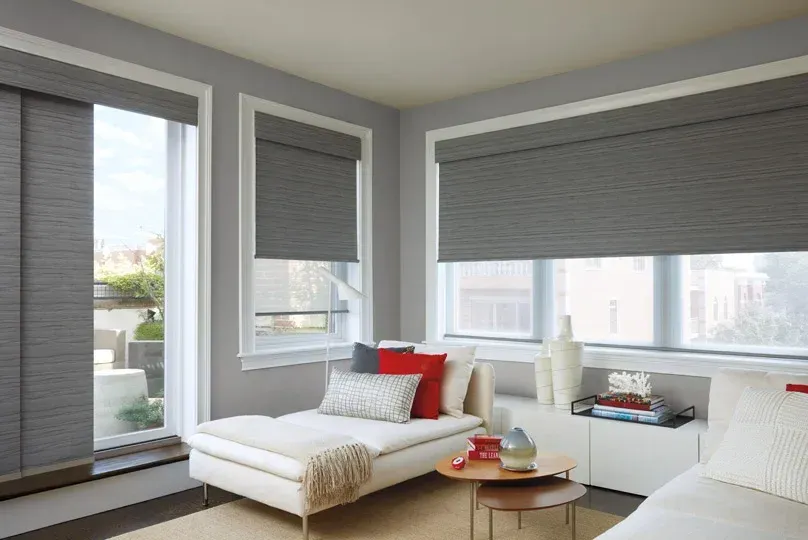
Indoor solar blinds are ideal if you want easy installation, low cost, and visual appeal. Outdoor solar blinds are unbeatable for blocking heat and UV rays before they ever enter your home.
Your final choice depends on:
- How much heat you want to block
- Your window orientation and exposure
- Your budget and design goals
Need help deciding? Contact Love Is Blinds MI today and we’ll walk you through every step of selecting and installing the perfect solar shade solution for your home or office.


